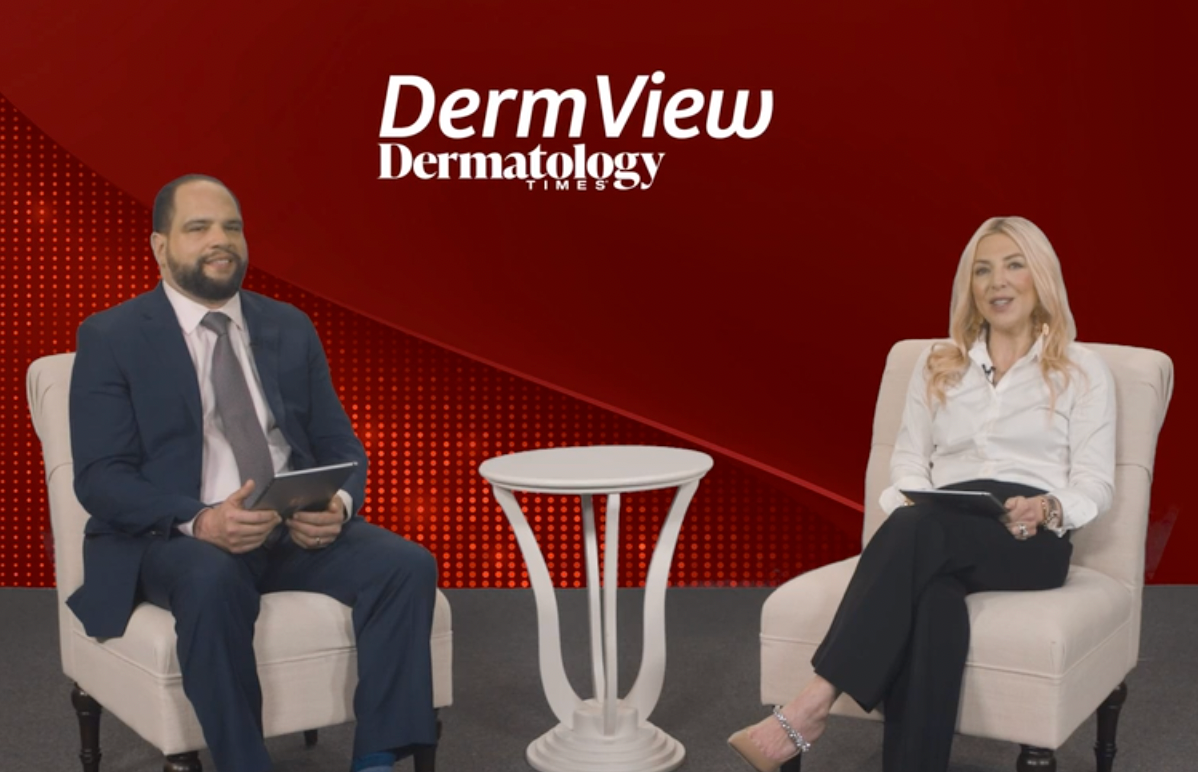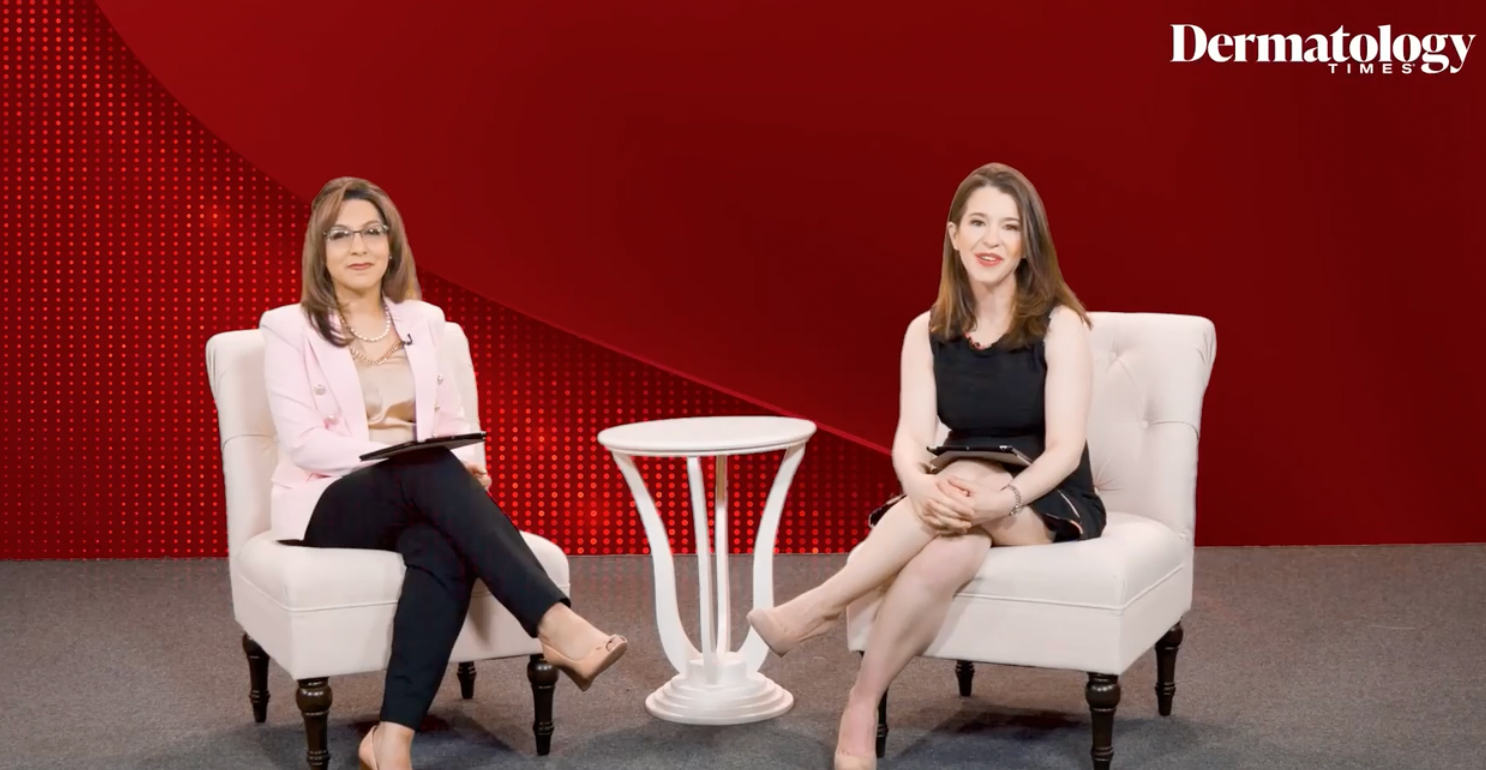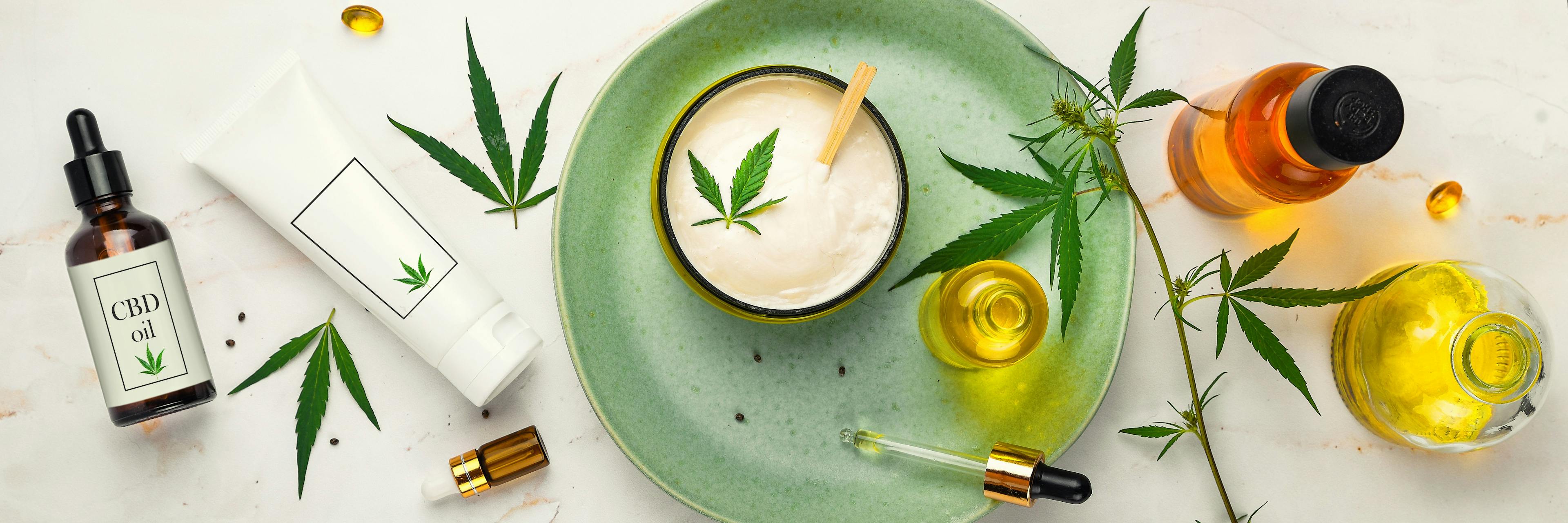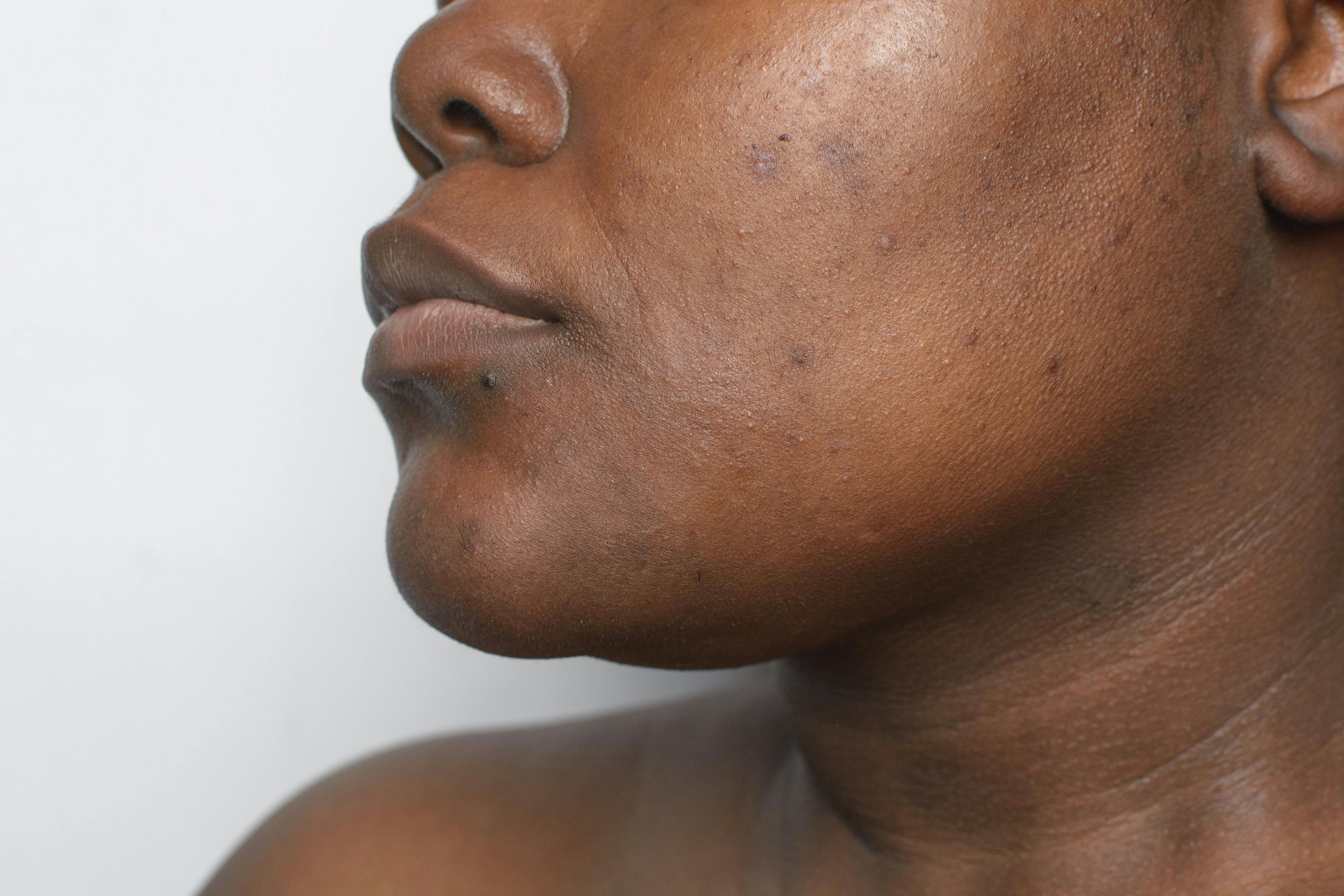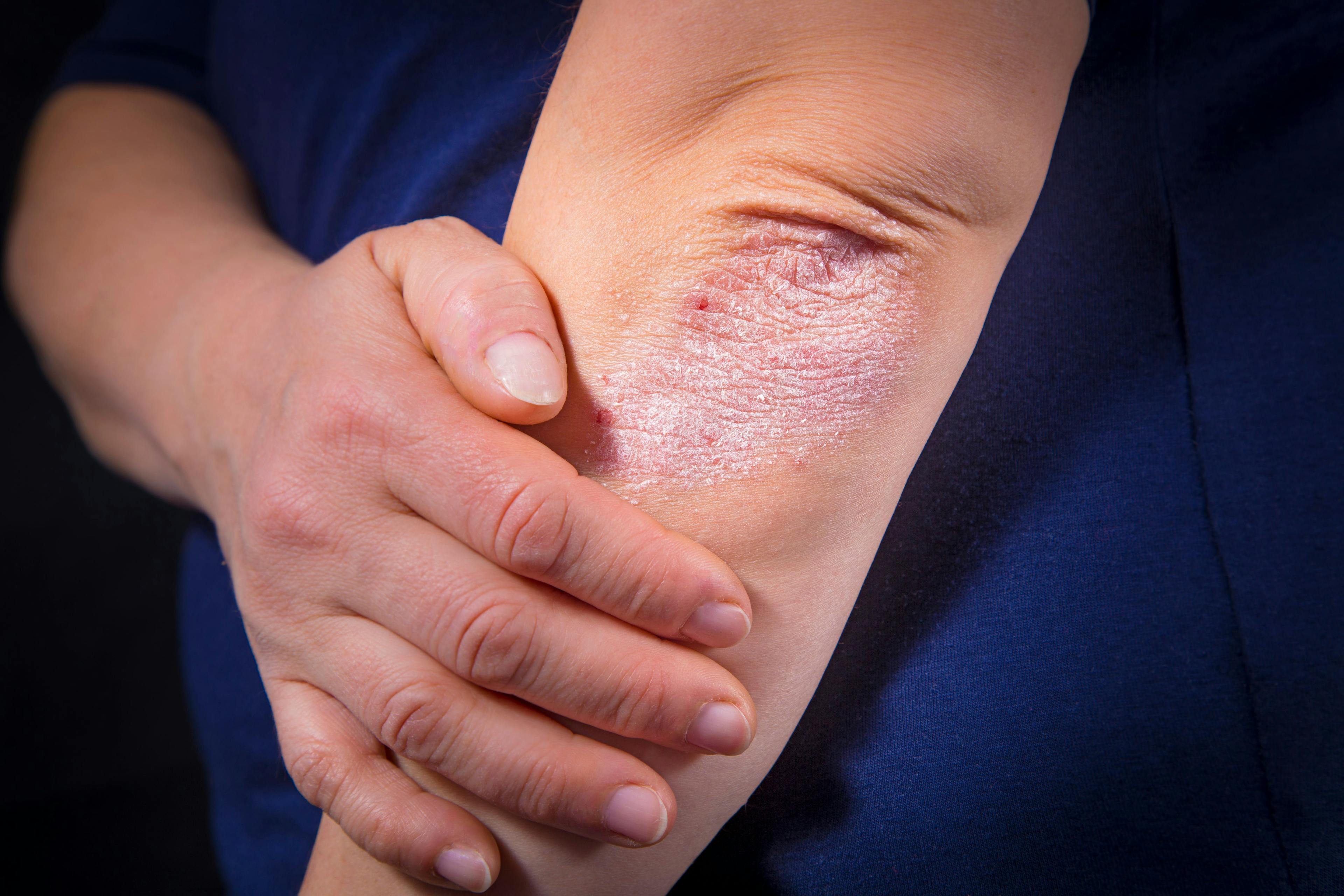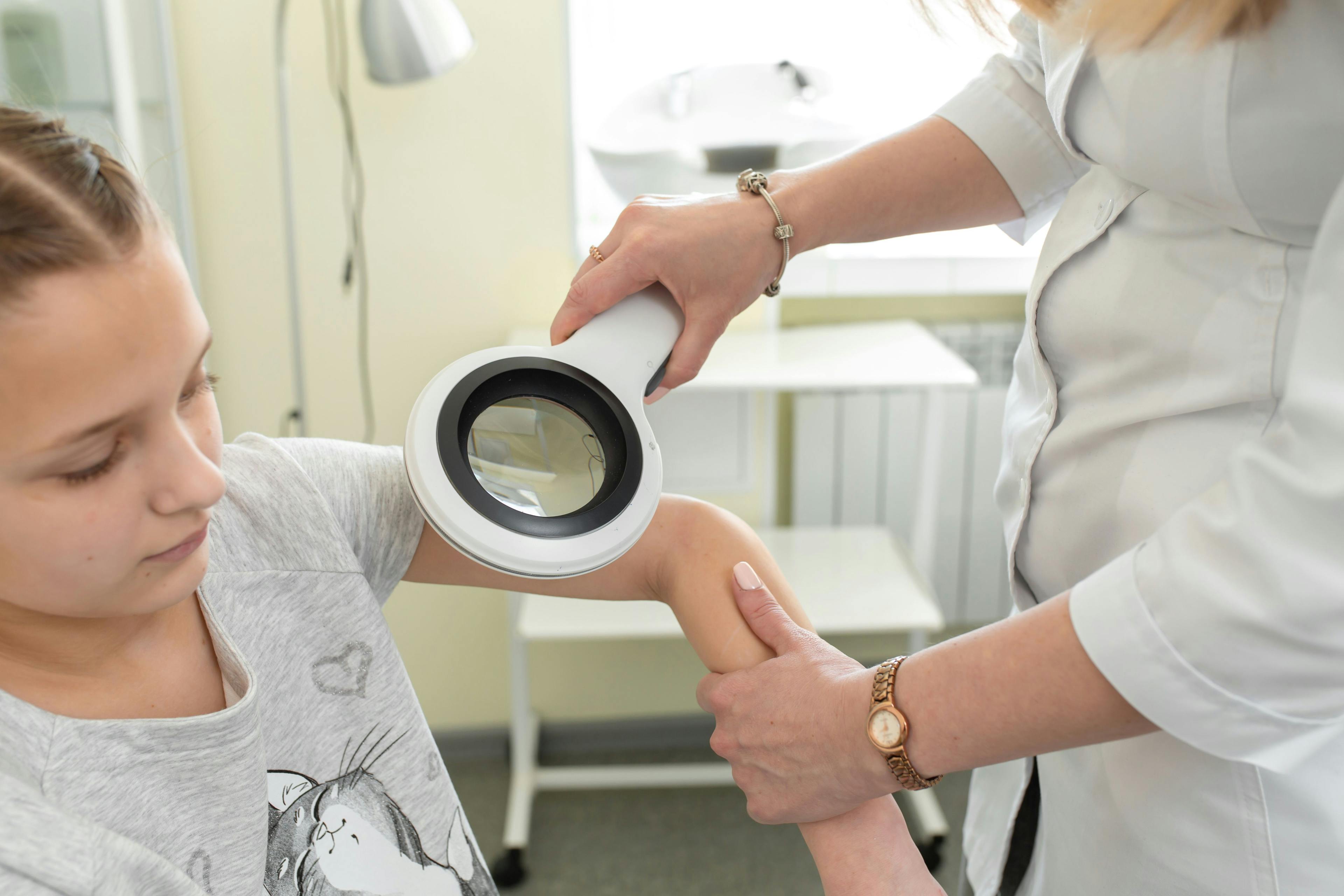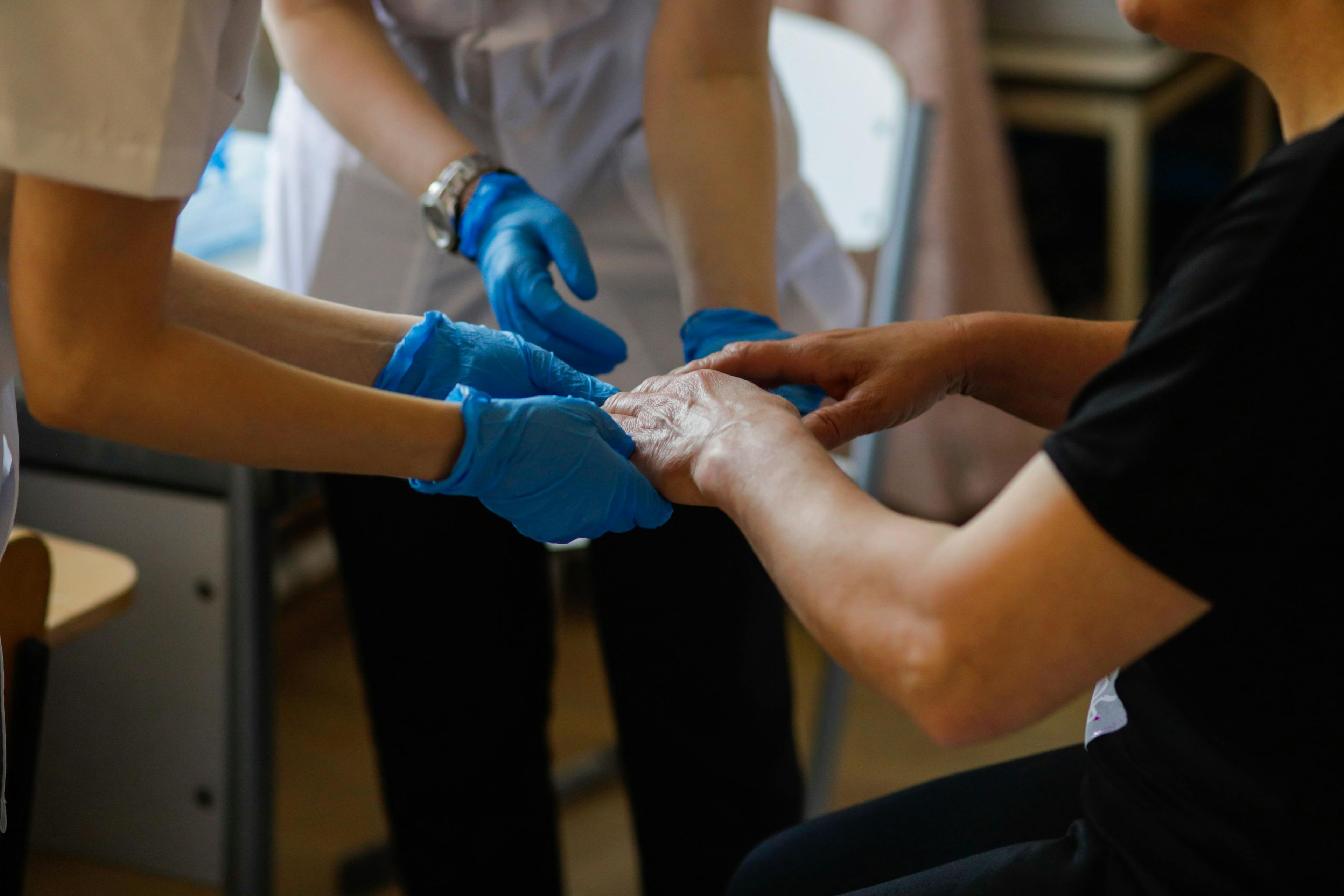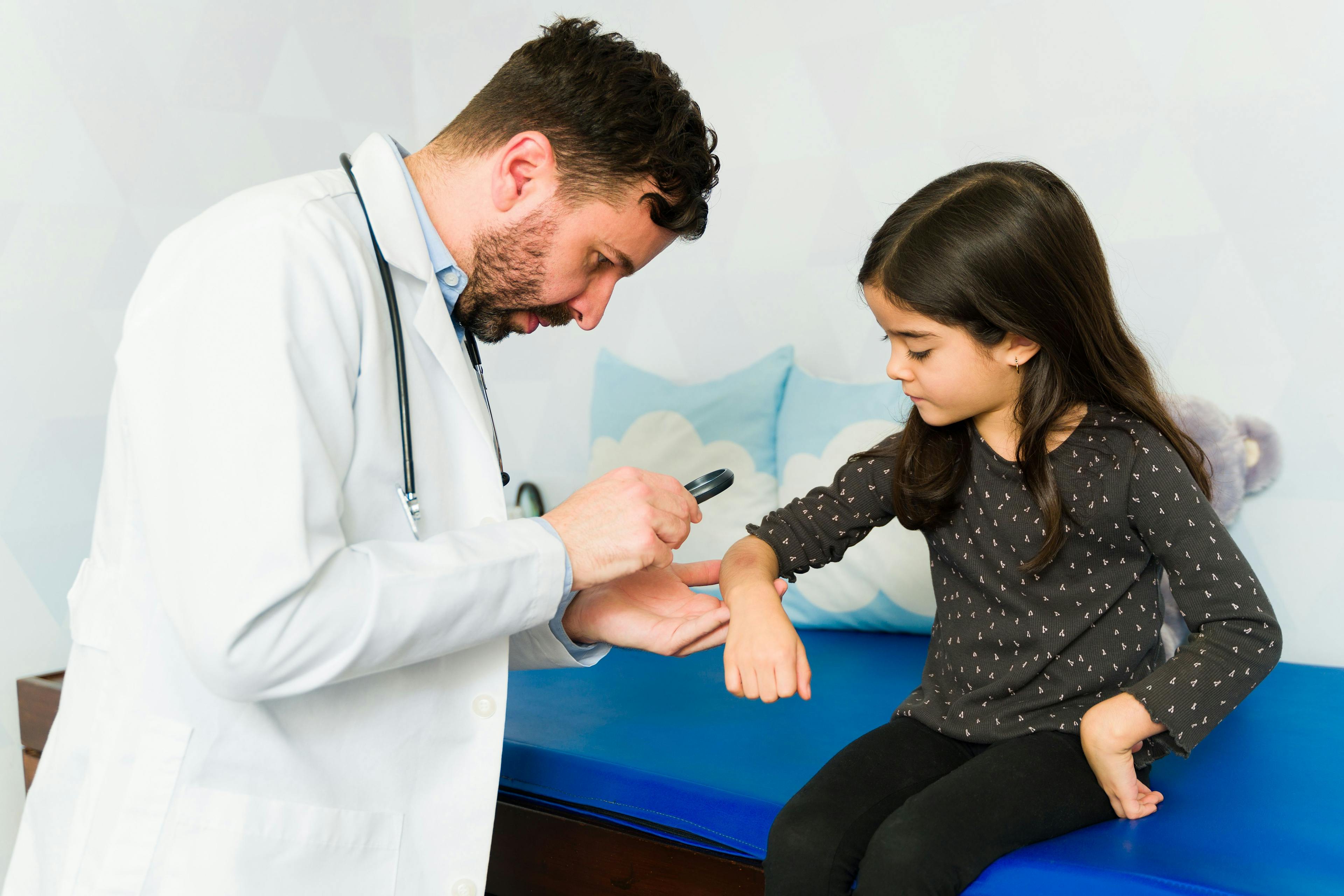- Acne
- Actinic Keratosis
- Aesthetics
- Alopecia
- Atopic Dermatitis
- Buy-and-Bill
- COVID-19
- Case-Based Roundtable
- Chronic Hand Eczema
- Chronic Spontaneous Urticaria
- Drug Watch
- Eczema
- General Dermatology
- Hidradenitis Suppurativa
- Melasma
- NP and PA
- Pediatric Dermatology
- Pigmentary Disorders
- Practice Management
- Precision Medicine and Biologics
- Prurigo Nodularis
- Psoriasis
- Psoriatic Arthritis
- Rare Disease
- Rosacea
- Skin Cancer
- Vitiligo
- Wound Care
News
Article
Dermatology Times
Effects of Spesolimab on Hidradenitis Suppurativa Lesions Leads to Additional Research
Author(s):
In a Maui Derm NP+PA Summer poster presentation, investigators revealed that treatment with spesolimab resulted in a reduction of lesions.
To address the need for more targeted therapies to manage hidradenitis suppurativa (HS), investigators studied the effects of spesolimab in those with moderate to severe HS in a Phase IIa proof-of-clinical-concept study.1 Findings were presented in a poster titled “Spesolimab for hidradenitis suppurativa: A proof-of-concept study,” at the Maui Derm NP+PA Summer 2023 Conference June 21-24, 2023, in Colorado Springs, Colorado.
Spesolimab is an anti-interleukin-36 receptor monoclonal antibody and was generally well tolerated by participants.
Individuals (n=52) were randomized (2:1) to either spesolimab or a placebo with intravenous dosing once a week for 3 weeks, followed by subcutaneous dosing once every 2 weeks for 12 weeks. Participants were aged 18 or over and had presented with moderate to severe HS for at least 1 year. No statistical tests were performed as this was an exploratory study.
Baseline characteristics between the group receiving spesolimab and the control group were similar.
Mean changes at week 12 in draining tunnels (dT); abscesses (A); and total A, painful nodules (N), and dT (ANdT), were –1.30, -0.53, and –4.87 in the spesolimab arm, and 1.07, 3.07, and –0.86 in the placebo arm, respectively.
By week 12 a decrease in all lesion types was observed in the arm receiving the spesolimab treatment. In those receiving spesolimab in their arm, 66.7% of participants showed a decrease in dT compared with 38.5% of those receiving the placebo.
Although changes in total painful abscesses and inflammatory nodules count were similar between groups at week 12, all lesion types decreased with spesolimab treatment.
The most common adverse events (AE) reported were headache, nasopharyngitis, nausea, fatigue, injection site erythema, and injection site pain. No serious AEs were reported in any individual receiving spesolimab.
Based on these findings, investigators suggest that the use of spesolimab continues to be researched to find additional options for the management of HS.
Reference
- Alavi A, Prens E, Kimball A, et al. Spesolimab for hidradenitis suppurativa: A proof-of-concept study. Poster presented at: Maui Derm NP+PA Summer 2023 Conference; June 21-24, 2023; Colorado Springs, Colorado.

Newsletter
Like what you’re reading? Subscribe to Dermatology Times for weekly updates on therapies, innovations, and real-world practice tips.



